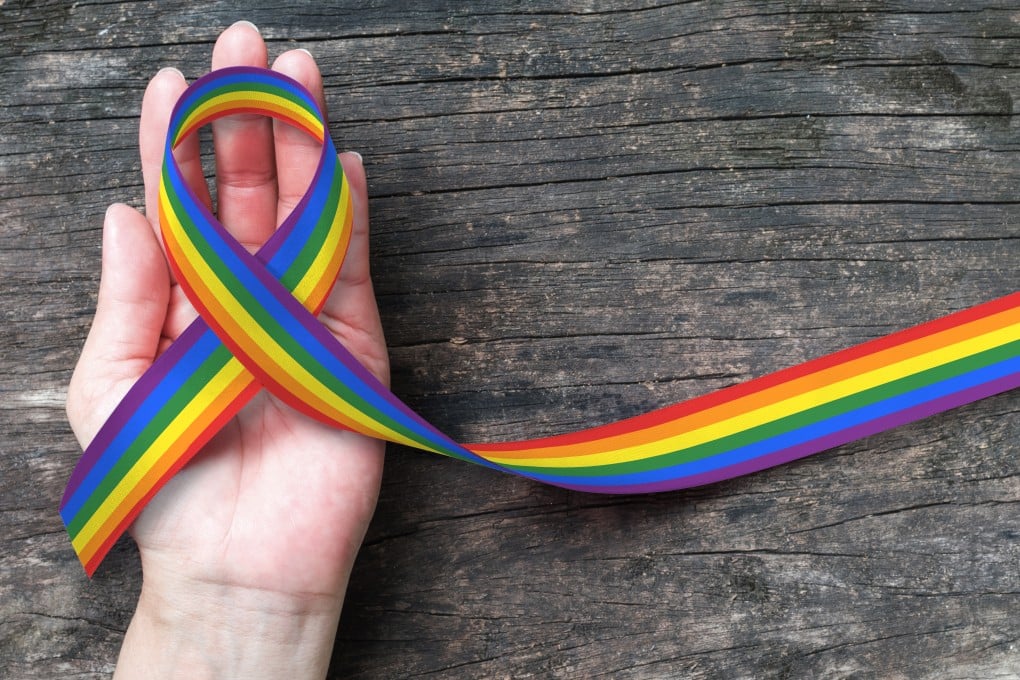If you're LGBTQ, self-acceptance can be especially hard, but there is support when you're ready to be yourself
Developing a positive identity can be tricky for all young people, especially those questioning their sexuality or gender, but these tips from a professional counsellor may help

Developing a healthy sense of sense and figuring out how we fit into society is a fundamental stage in adolescence, according to developmental psychologists. Erik Erikson’s psychosocial theory (1968), suggests teenagers go through a stage of “crisis”, where they explore and form their sense of self and identity. This stage can (and often does) continue into adulthood. Ideally, people come out the other side of the “crisis” with a healthy understanding of their own unique identity.
Identity covers many aspects, though most fit under the umbrella question of “Who am I?” For some people, coming to terms with who they are and forming a positive sense of identity can be challenging. This is especially true when who they are is not similar to those around them, or if they feel their true selves would not be accepted by those close to them.
For individuals who identify as LGBT (Lesbian, Gay, Bisexual, Transgender), or are questioning this facet of their personality, establishing a positive sense of self can sometimes be difficult and confronting. While this is not always the case (some LGBT people have been secure in their sexual or gender identities for a long time, and have many supportive people around them who understand and appreciate them for exactly who they are), it is unfortunately common that LGBT people struggle with developing a positive sense of self.
Case study
Hannah* was very quiet when we first met. She had chosen to work with a counsellor, and yet held back whenever we spoke about anything that went beyond everyday, slightly shallow conversation. She was often sullen, and at times even monosyllabic in her responses. I thought perhaps that the match between her and me just wasn’t working for her, and this would have been OK. If she had felt the same, I would have suggested she try out a different counsellor. This can happen sometimes, and if you are working with a therapist and the “fit” doesn’t seem right, don’t feel bad about trying to work with someone else. It’s important that you feel comfortable with whoever you’re opening up to.
As it turns out, the therapeutic relationship between us improved as we continued to work together. I soon discovered that Hannah’s reluctance to talk was less to do with me, and more to do with the fact she wasn’t even sure how to express how she was feeling. With a lot of time and patience, she told me that she had always felt like a boy, and yet she had a girl’s name, was treated “like a girl” and looked very feminine.
It had taken years for Hannah to get to the point of realising something didn’t quite sit right for her, and it would take time for her to think through her feelings, educate herself and understand her issues better, and accept herself fully. The LGBT experience is completely unique for each individual, and the following tips are by no means exhaustive. They are instead a starting point for anyone who wants to know more about developing healthy LGBT identities, whether this applies to you or someone you know.
*name has been changed
A path to develop a healthy LGBT identity
1. Educate yourself
This applies to all of us, whether or not we identify as LGBT. Understanding that there is no such thing as “normal” and that the world is rich and interesting because we are all different, is vital to be able to accept ourselves and each other for all that we are.